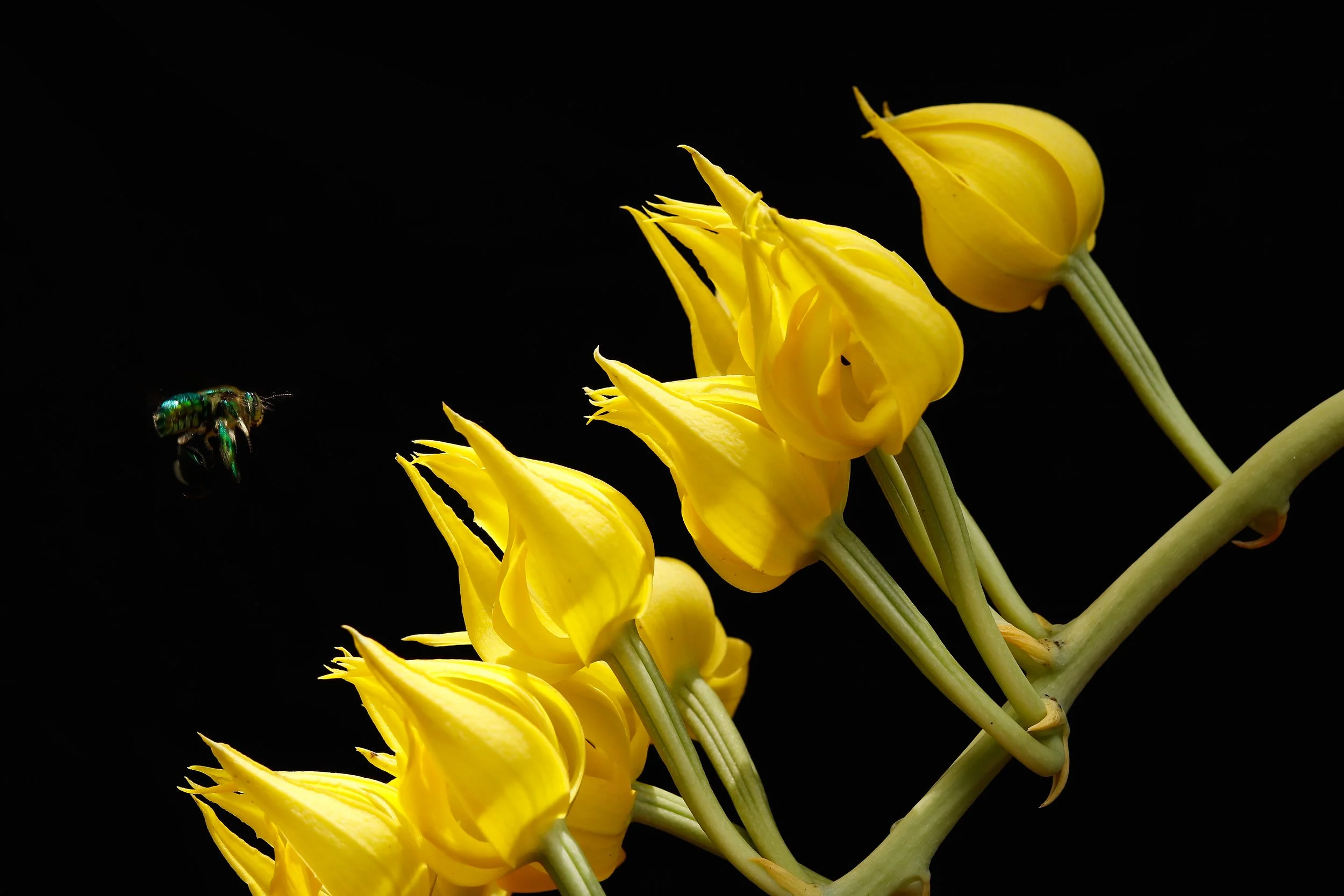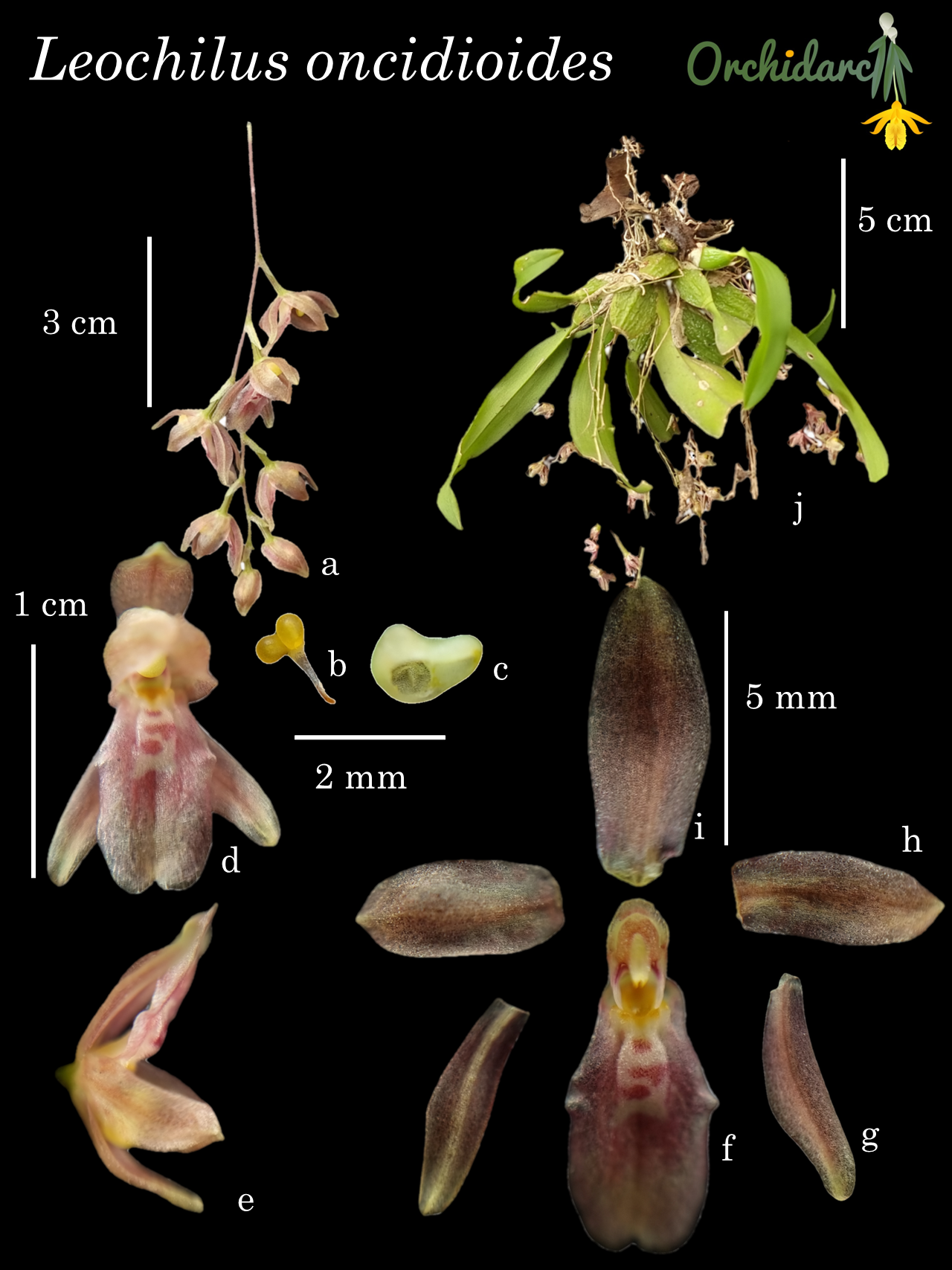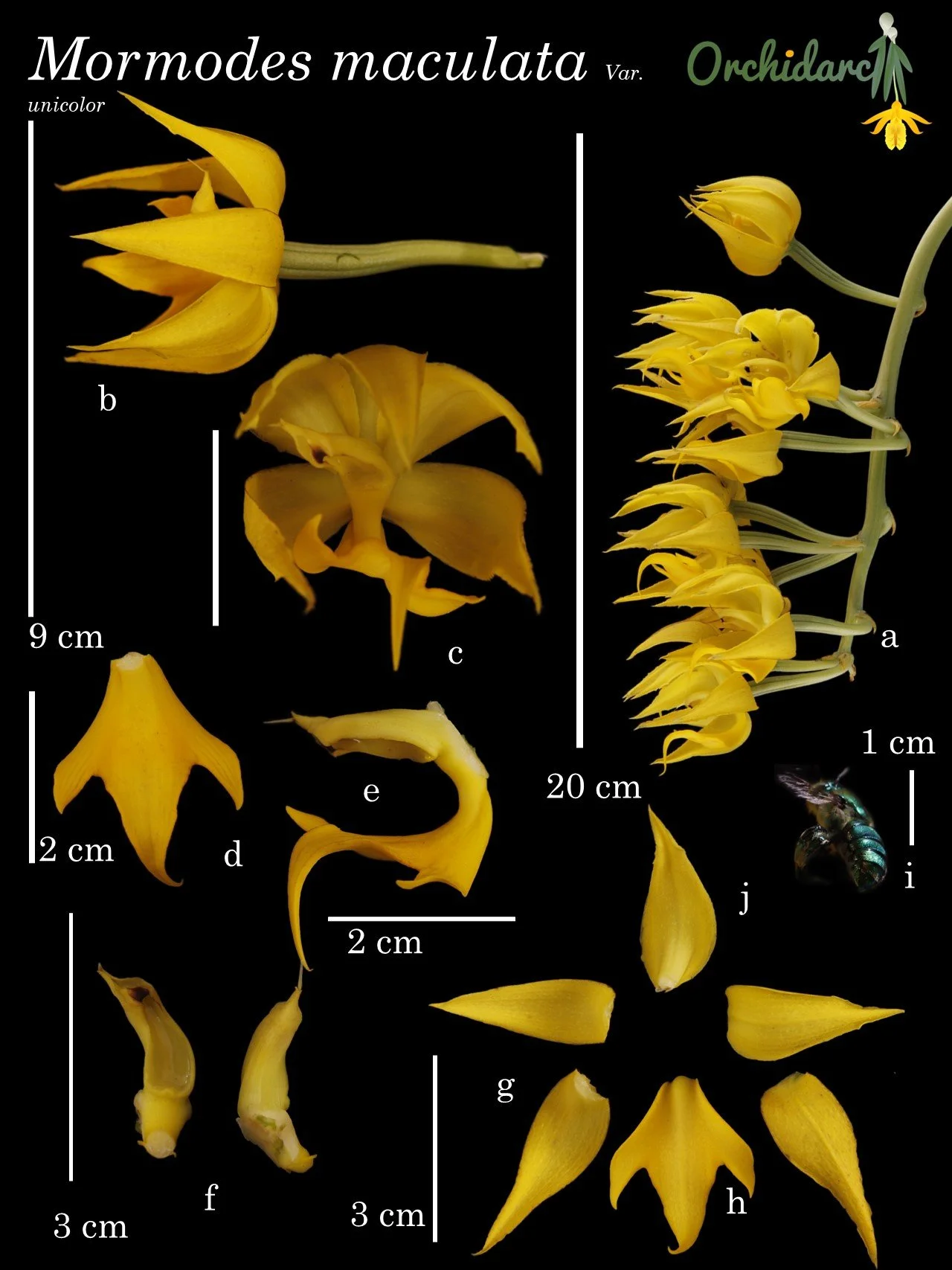Maculata means spotted, quite the opposite of the flowers from this species. This is a striking regional variety where the very character upon which the plant is named is abscent. This variety is classiffied as endangered due to its relatively small distribution (central Veracruz), habitat destruction and illegal trade. It is a texbook case of a large infloresence that can be seen from far away, making it an easy target for poachers. Fortunately, this also means that pollinators have an easy time finding the species, allowing it to form multiple seed pods per infloresence, the flowers emit a sweet powerful fragrance that make this an all around wonderful orchid. For its conservation, we have noticed that this species is able to reclaim some of its lost habitat by germinating on rotting logs from pine plantations. The Catasetinae are well known for thrivng on rotting wood and the fungi that consume it, given the extra amount of nutrition the plants have access to, their life cycles are much faster than in other orchids.






